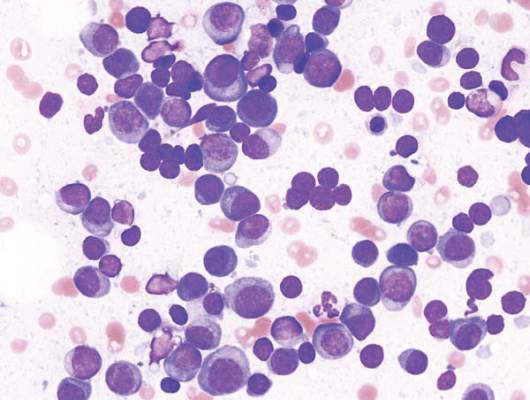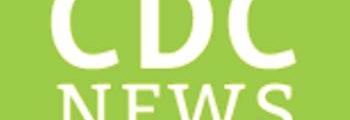AT THE 2016 ASCO ANNUAL MEETING
CHICAGO (FRONTLINE MEDICAL NEWS) – Upfront high-dose melphalan and autologous stem cell transplantation (ASCT) was superior to bortezomib-melphalan-prednisone for fit patients under age 65 with newly-diagnosed multiple myeloma, based on the interim results from a randomized study of the European Myeloma Network.
“Upfront ASCT was associated with a significant improvement in progression-free survival as compared to bortezomib-melphalan-prednisone in the overall patient population, [and the advantage] was retained across prespecified subgroups of patients at low and high risk … [and] in a multivariate analysis” of the overall population, Dr. Michele Cavo of the University of Bologna (Italy) reported at the annual meeting of the American Society of Clinical Oncology.
ASCT was associated with higher rates of grade 3 or more adverse events in nearly every category, however, with the exception of peripheral nephropathy.
For the study, 1266 patients, stratified by ISS stage, were randomized to either bortezomib-melphalan-prednisone (512 patients) or to high-dose melphalan and ASCT (754 patients). At the meeting, Dr. Cavo reported on the clinical trial ’s interim results in 695 patients who had ASCT and 497 patients who received bortezomib-melphalan-prednisone.
At 3 years, progression-free survival rates were 66.1% in the ASCT patients and 57.5% in the bortezomib-melphalan-prednisone patients. The median progression-free survival had not yet been reached in the ASCT patients and was 44 months in the bortezomib-melphalan-prednisone patients. (HR [95% CI]: 0.73 [0.59-0.90]; P = .003)
Stringent complete responses were seen in 18.2% of patients in the bortezomib-melphalan-prednisone group and 17% of the ASCT group; Complete responses occurred in 25.3% of both groups. The main difference observed was in the number of very good partial responses, seen in 30.4% of the bortezomib-melphalan-prednisone group and in 43.2% of the ASCT group. Also, 11.2% of those in the bortezomib-melphalan-prednisone group had less than a partial response while that was the case for only 3.3% of the ASCT group.
Alternatively, the rate of grade 3 or more adverse events was higher in the ASCT group, with 17.5% experiencing febrile neutropenia, 15.6% mucositis, 3.2% sepsis, and 2.6% respiratory infections. The rates of these side effects in the bortezomib-melphalan-prednisone group was 0.2%, 0%, 0%, and 1.7%, respectively. The only grade 3 or more adverse event seen with greater frequency in the bortezomib-melphalan-prednisone group was peripheral neuropathy, seen in 13.8% as compared to 1.6% in the ASCT group.
Dr. Cavo receives honoraria from Amgen, Bristol-Myers Squibb, Celgene, Janssen, and Takeda; is a consultant or advisor to Amgen, Celgene, and Janssen; and is on the speakers’ bureau for Celgene and Janssen.
On Twitter @maryjodales




